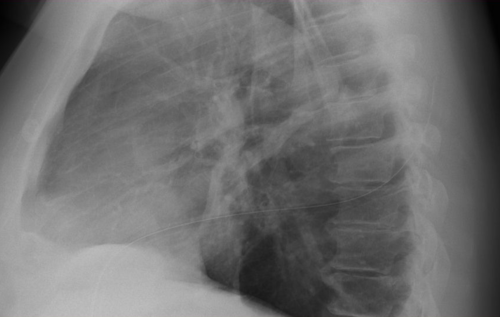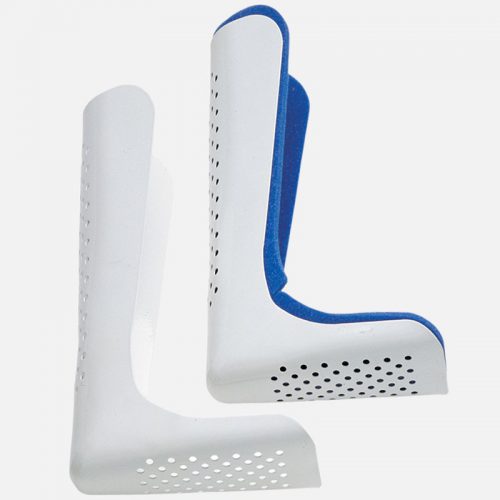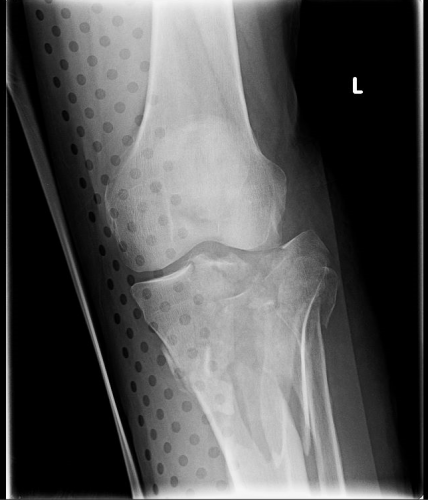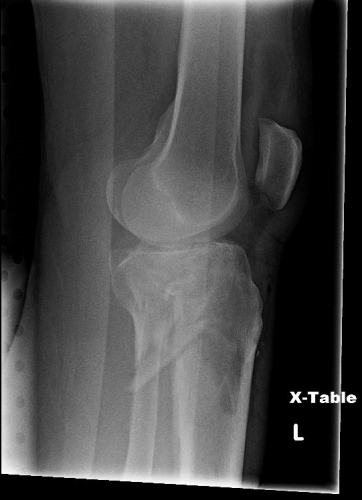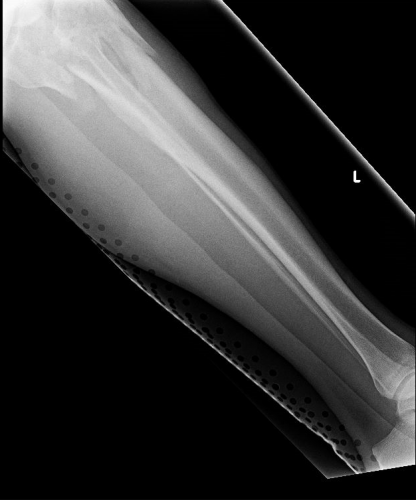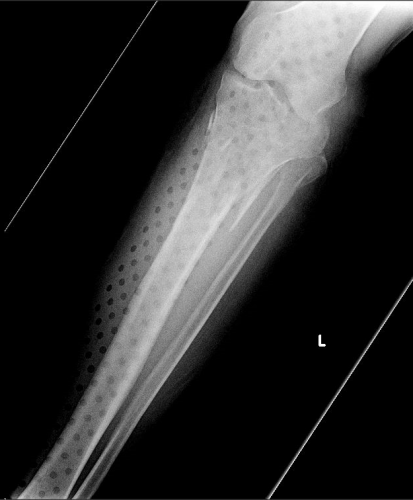Many centers have developed guidelines for ordering various imaging studies, mostly in adults. These frequently dictate indications for head, cervical spine, and abdominal CT. The use of chest CT guidelines are far less common. And for the most part, such guidelines are significantly lacking for pediatric trauma evaluation.
Oregon Health Sciences University published a study detailing the use and utility of chest CT in pediatric patients, which they defined as age less than or equal to 18. They also looked at the impact of implementation of imaging guidelines for chest CT. They pooled data on blunt injuries from two Portland children’s hospitals. They collected a historical cohort over 8 years ending in 2015. One hospital had implemented region-specific imaging guidelines in 2010, and the impact of this was observed. They pooled data from both centers to identify mechanisms predictive of significant thoracic injury.
Here are the factoids:
- Nearly 3000 patients were reviewed for thoracic CT use across the study period.
- 1451 had chest x-ray only, 933 had chest CT only, and 567 had both
- Although CT use in other body regions significantly declined across the study period, thoracic CT did not.
- Chest CT changed management on only 17 of 1500 patients (1%). There were 2 operations, 1 stent placement, 1 medical management, and 13 changes I consider rather weak (chest tube insertion, negative workup)
- All clinically significant findings were predicted by an abnormal chest x-ray and motor vehicle mechanism
Bottom line: Chest CT continues to be overused in pediatric blunt trauma (and adults too!). This is especially unsettling due to it’s low yield and the unclear future danger of high dose radiation received during childhood. The major issue with this study is that it mixes adults and children and calls them all children. Specifically, most patients age 13-14 or above act anatomically and physiologically more like adults. It would have been nice to separate out the lower age group, but this typically results in very low numbers for analysis. In this case, it should have been possible because the median age was 13.
I recommend that all centers adopt some kind of blunt imaging guidelines to reduce clinician variability and unneeded radiation exposure. This is particularly true for children, since they are more sensitive to it and will live long enough to potentially experience the adverse effects from it.
For both children and adults, chest CT should be reserved for evaluation of potential aortic injury, and nothing else. Rib fractures, hemothorax, and pneumothorax are best evaluated by traditional chest x-ray, and therapeutic decisions based on this alone. Abnormal chest x-ray findings, coupled with a high-energy mechanism (MVC, crush, pedestrian struck, and fall from a real height (3+ storys) should drive the decision to obtain a chest CT.
Related posts:
Reference: Limiting thoracic CT: a rule for use during initial pediatric trauma evaluation. J Ped Surg, In press, Aug 28, 2017.


